-
Posts
1,404 -
Joined
-
Last visited
Content Type
Profiles
Forums
Gallery
Events
Articles
Posts posted by extant4cell
-
-
I couldn't find any correlation between deportation of Russian military instructors and financial advisor K.Alekseev, in spring of1898, from Korea, and minting of these coins. After that Russia concentrated more on Manchuria and China. There was a small religious mission made up by 3 people, including father Nikolay (also Alekseev) later in 1899, that received little to no financial support from Russia. But anything is possible, and someone has to really dig for it in the archives in Russia.
-
I think you need to open that case, in order to learn the mint, am I right?
-

I am grateful to Mr. Arefiev for all of the materials that he presented already. I may have to rely on other kind souls who may be happy to share Russian plates with Elizabeth copper and with 1796 copper plates, from the above catalog.

-
Thank you again, IgorS. I haven't got this one.
-
One is an original coin, according to catalog's description, made as an overstrike on an old denga, but surely, it would be on top of polushka... and another one described as a novodel. Thank you IgorS, I forgot to look in this cataloge!



Anyone can suggest any others?
-
Please suggest re: the above. The earlier the better.
I've seen GM, of cause, and 1923 Ilyin, and 1932 Hess sale. Aware of 1910 Ilyin / Tolstoy. Are you aware of any other, able to share the pictures and catalog descriptions?
I am interested in all sorts of cipher coins, including novodels and pattern coins. Thank you in advance!
-
This stand is ready to swap 20 5 kopecks to 1 rouble - any time!

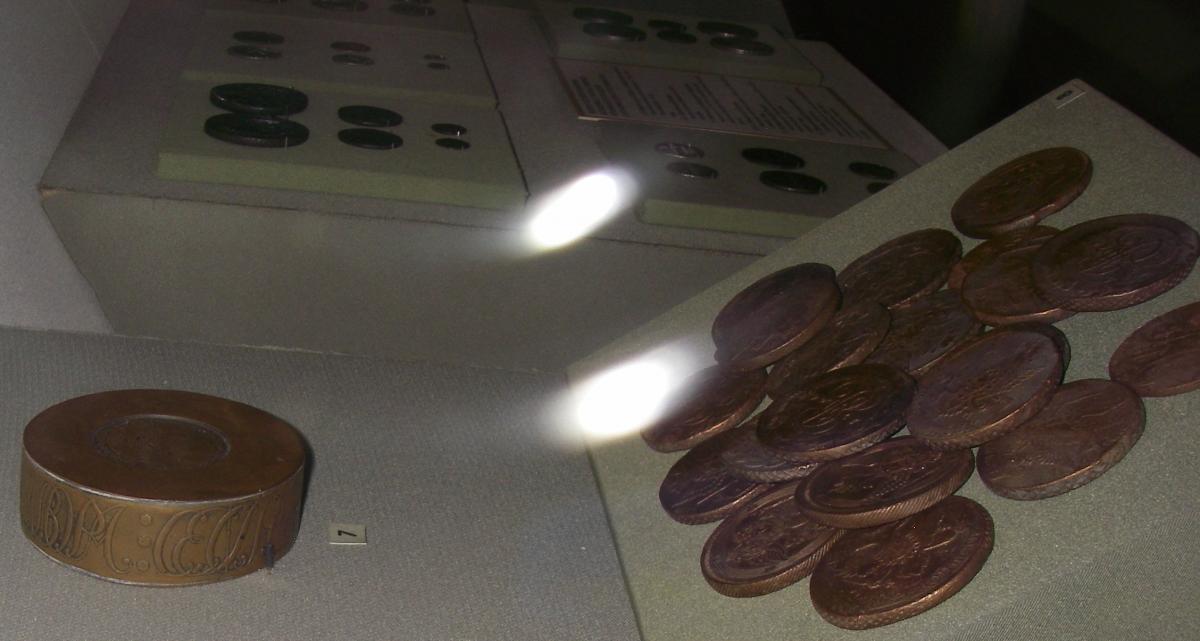
-
This one is on sale on Russian auction site. One of the nice ones.
-
Hard to identify in this condition, but I believe it is the one from the Moscow mint, just like the one below. The off center isn't very uncommon, just that they rarely get sold for much (unless in reasonable condition) and because of that they see little market...

-
It was a literary figure of speech that suited that topic well, though the coin is as close to the origin of 5 kopecks as it can get, in my opinion, which kind of makes it an ideal for the rest of the series...
-
It is one of the earliest pyataks. Same dies as a model ones for EM and MM, and to a degree for SM.
It is like Adam and Eve to humanity in the coin world...
-
Thank you for your question, Kopeikin. It is explained well in my catalog (in Russian), and I am in process of moving house at the moment, but let's see what I can do.
This coin is a missing link in unscrambling the puzzle of early S.M. / E.M. coins of 1758 with Dassier eagle. I found only 2 or 3 Petersburg mint (S.P.M.) 1763 coins with such narrow "shaved down" scroll ends, and I was lucky enough to secure one of them for my collection. The reason for SPM coins with this kind of scroll to be a rare find is that not a lot of their forms / dies have survived by the end of 1758, with majority being replaced by the later design:
Sigi's handy site (http://www.sigistenz.com/) provides a good opportunity to explore different coin types. We spent some time discussing these coins in private. I'll use some of his images to demonstrate the point.

As it states correctly above, it is a Sestroretsk coin, which dies were made by Petersburg mint, as it provided instruments to SM, and thus SPM kept the forms and master dies, that were later use (partly) to make coins in 1763. Of cause there were a lot of later design eagles and scrolls used by SPM and SM in 1763. And some of them came from 1758 or were based on them.
Here is an example of a later 1758 SM scroll:

What groups them together is the shape of year numbers! The only instrument that the Petersburg mint did not pass to Moscow (MM) or to Ekaterinburg (EM). And these numbers are identical in shape for both Sestroretsk produced coins and for the "ideal" coin below:
What groups the "ideal" pyatak with EM and and early MM coins is the shape of its scroll (see the ends of the scroll)!

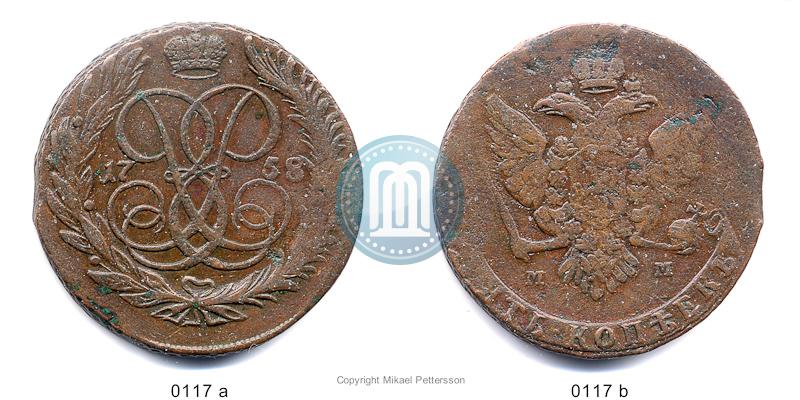
(had to use this image of the early MM coin from www.m-dv.ru) and that one is my MM, so you can see early MM scroll better:
There are simply no other coins with SM/SPM shape numbers and EM / MM scroll, apart from the ex-Tolstoy coin and my "ideal" pyatak.
My only explanation to that is in the first post. -
"Ideal" Pyatak
Alas, Numismatics isn't always a precise science, and though, documents are great when they are available and correct, one must also theorize and base the assumptions on analysis. Below, is my humble opinion on what the "ideal" 5 kopecks in series of Elizaveth (Elisavita Petrovna) coins is.
Trial 1757 coins (5 k.) with different coat of arms (Petersburg, Moscow and Siberia) - beautiful myth and nothing more. Analysis of those coins lets us identify coins of a later times, particularly if you would pay attention to their scrolls.
The model five kopecks 1757, with silver Dassier eagle, if such has ever existed, didn't survive to our times. That's why, we have no choice, but to compare ideal pyatak's Dassier eagle to the one on 1757 rouble:[photo of Lenox, Hermitage]
Nonetheless, there are other two coins with nominal 5 kopecks 1758, which we may consider as "ideal" examples that laid the basis to the whole series of 5 kopecks 1758 and forth-forward. One of them is from the Tolstoy collection and now sits in the Hermitage. It can be seen in GM catalogs:
If you search the numismatic sites you may even find a better quality modern picture of this coin made by Altair.
This coin, in theory, is from the 1758 group of coins from a model strike by Petersburg mint. All elements on the coin are identical to the elements on early Sestroretsk mint coins (including the shape of the year numbers), apart from the "Пять * Копеек" scroll. Such scrolls (see their ends) are typical only to the early Moscow and to Ekaterinburg mint pyataks. EM and MM received model coins and their impressions, and they were stroke with the same dies and at the same time with the above coin.Uniqueness of this coin is exactly in that, as if we speak about SPM trial strike coins, from which the model coins for MM and EM were chosen from, and if we speak of the pyataks stroke by SPM (where the regular strike of five kopecks did not exist), you can not find a better candidate than this coin, and such mind fantasy sits pretty well with me, bringing no doubts to the surface whatsoever.
The sister coin to the Hermitage ex-Tolstoy coin sits in my collection. This coin I was my lucky win at NY Markov auction:
[perhaps sold by Hermitage as a double at the start of the last century]
Apart from these two "ideal" pyataks, others are not known to me.
All the other pyataks are their reflections, in their majority far from ideal, what still doesn't stop us from a pleasure of studying and collecting them.This coin is featured in my catalog of Elizabeth 1757-1762 (2, 5 kopecks) and Peter III 1762 (4, 10 kopecks).
My original post was published in the topic "Ideal Collection" on Staraya Moneta: http://www.staraya-moneta.ru/forum/messages/forum14/topic22964/message1966201/#message1966201 -
Gold coins from earlier Hermitage sources (mainly).



Only the top coin "korabelnik" (boat-related) is Russian, the bottom is it's English prototype.
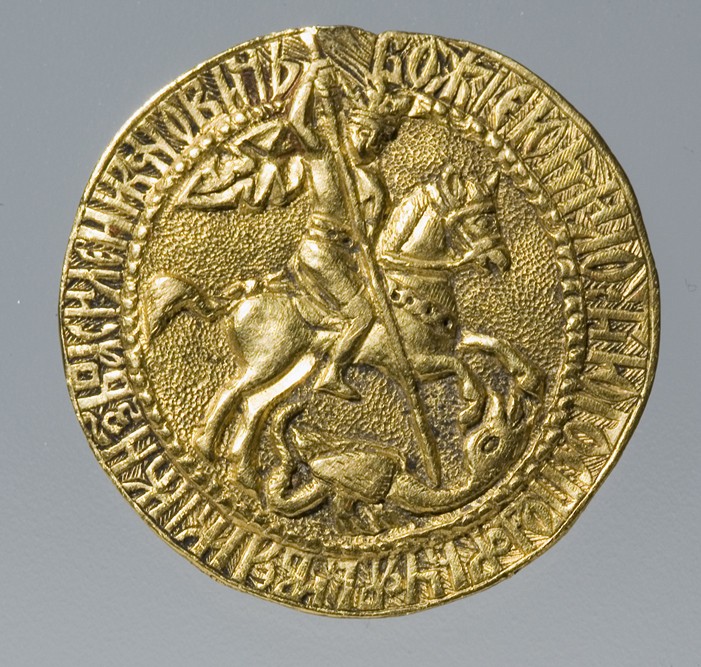

 \
\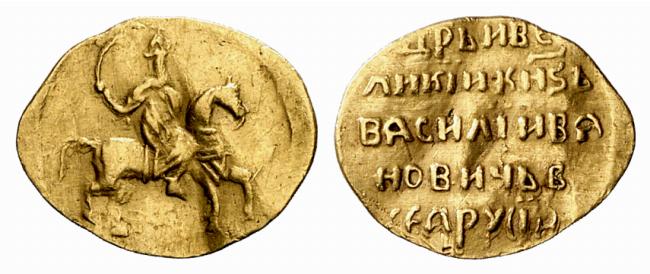


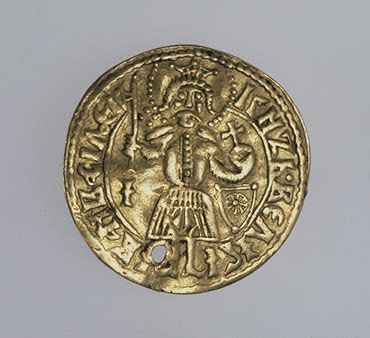




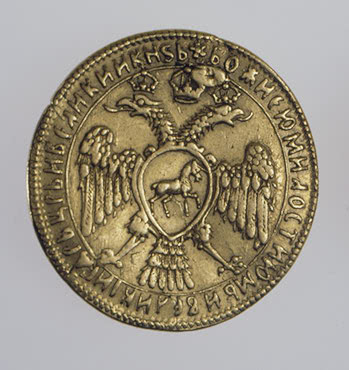
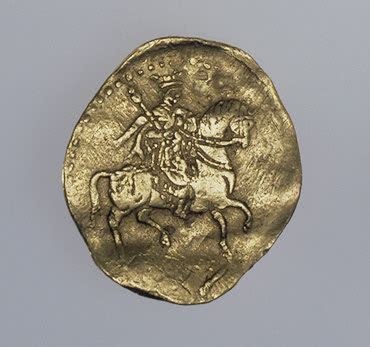




-
A little bit off topic on Russian coins, but also from Hermitage - Byzantine coins:
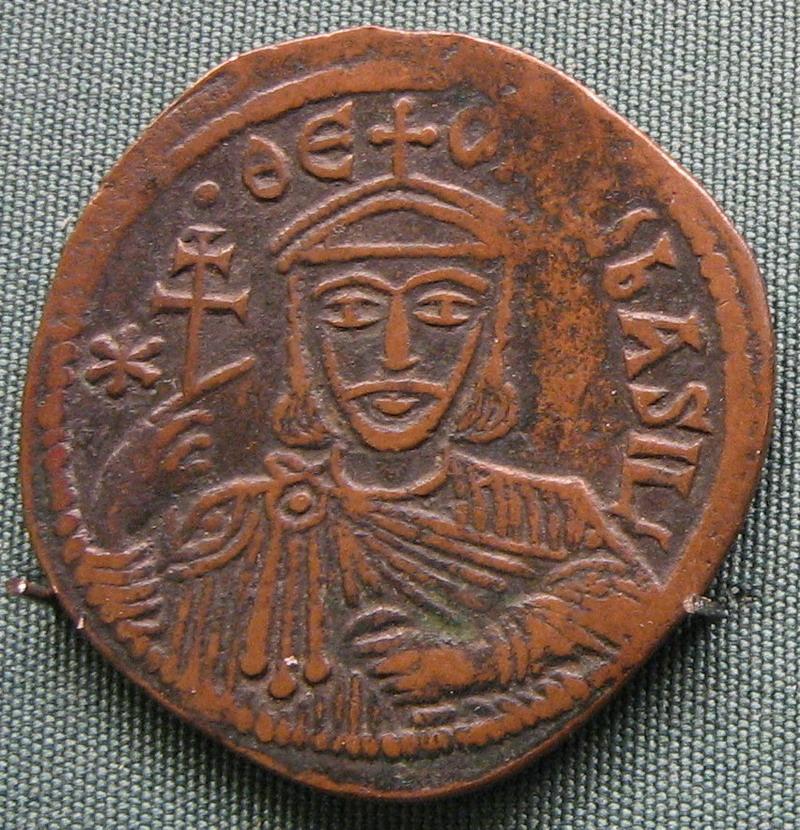
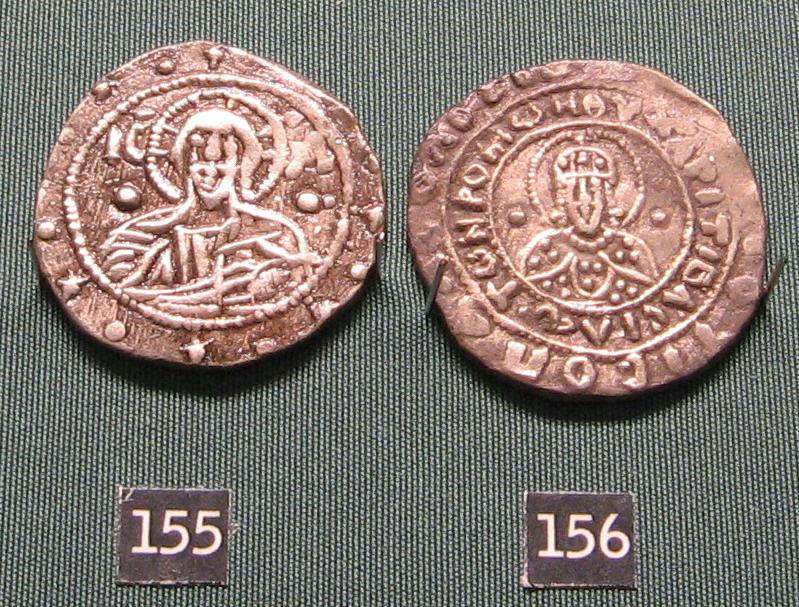
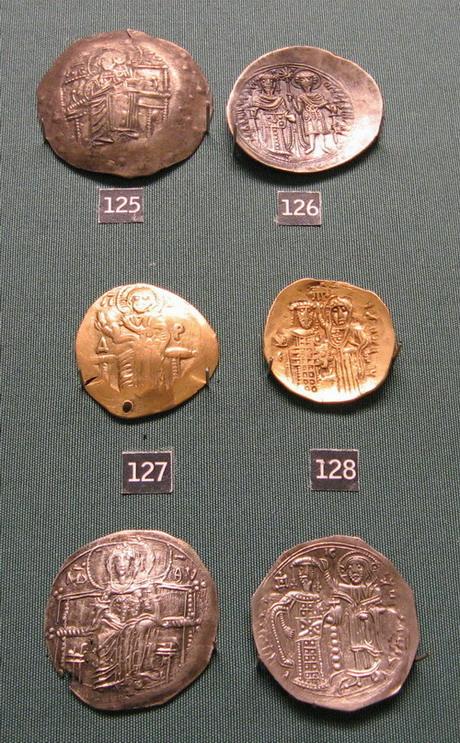
-
True... I wonder what it is for in that case... Tokens for a Russian "banya" (sauna), or a brothel? )))
-
-
-
The following group of coins are all in platinum:

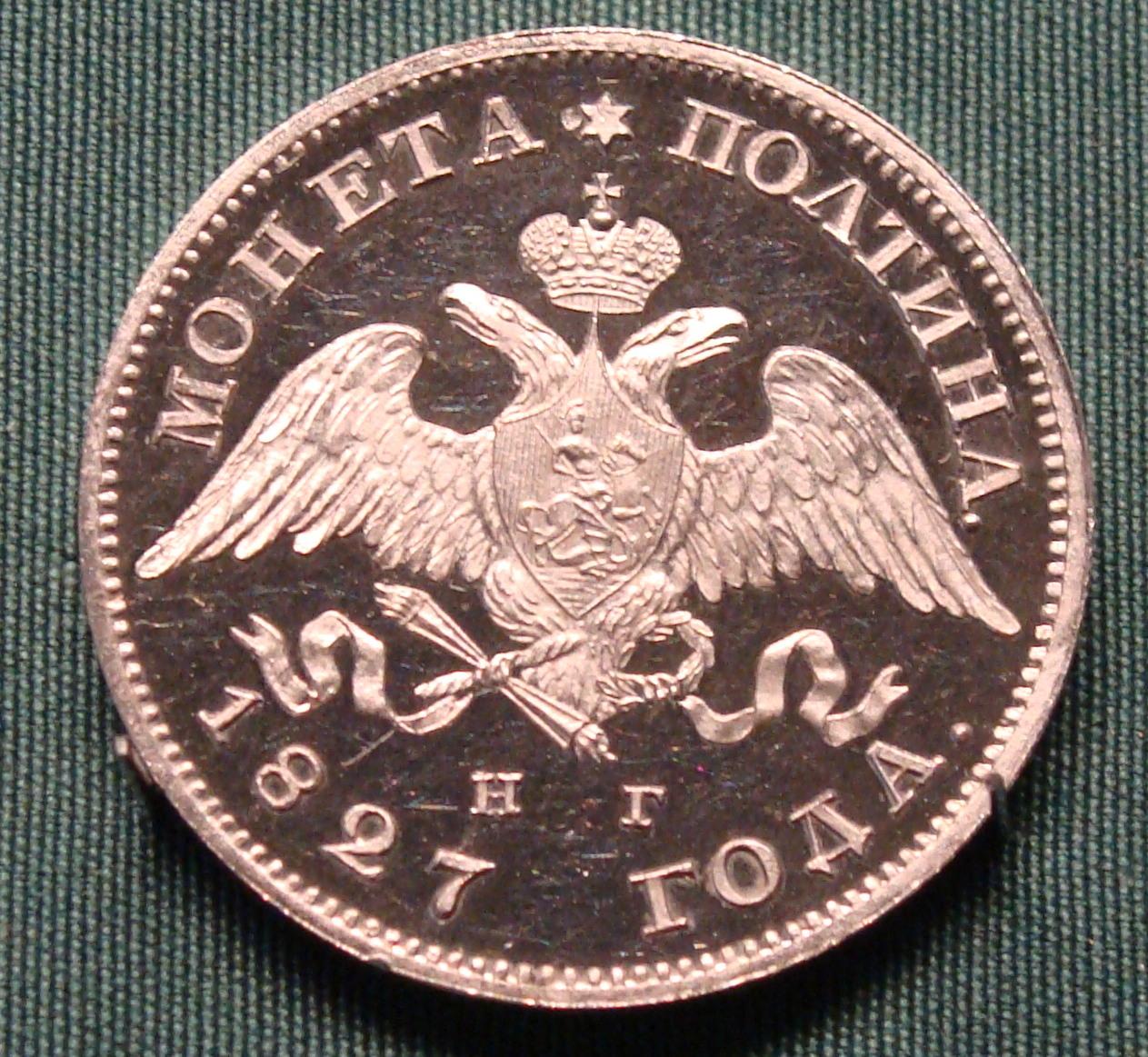
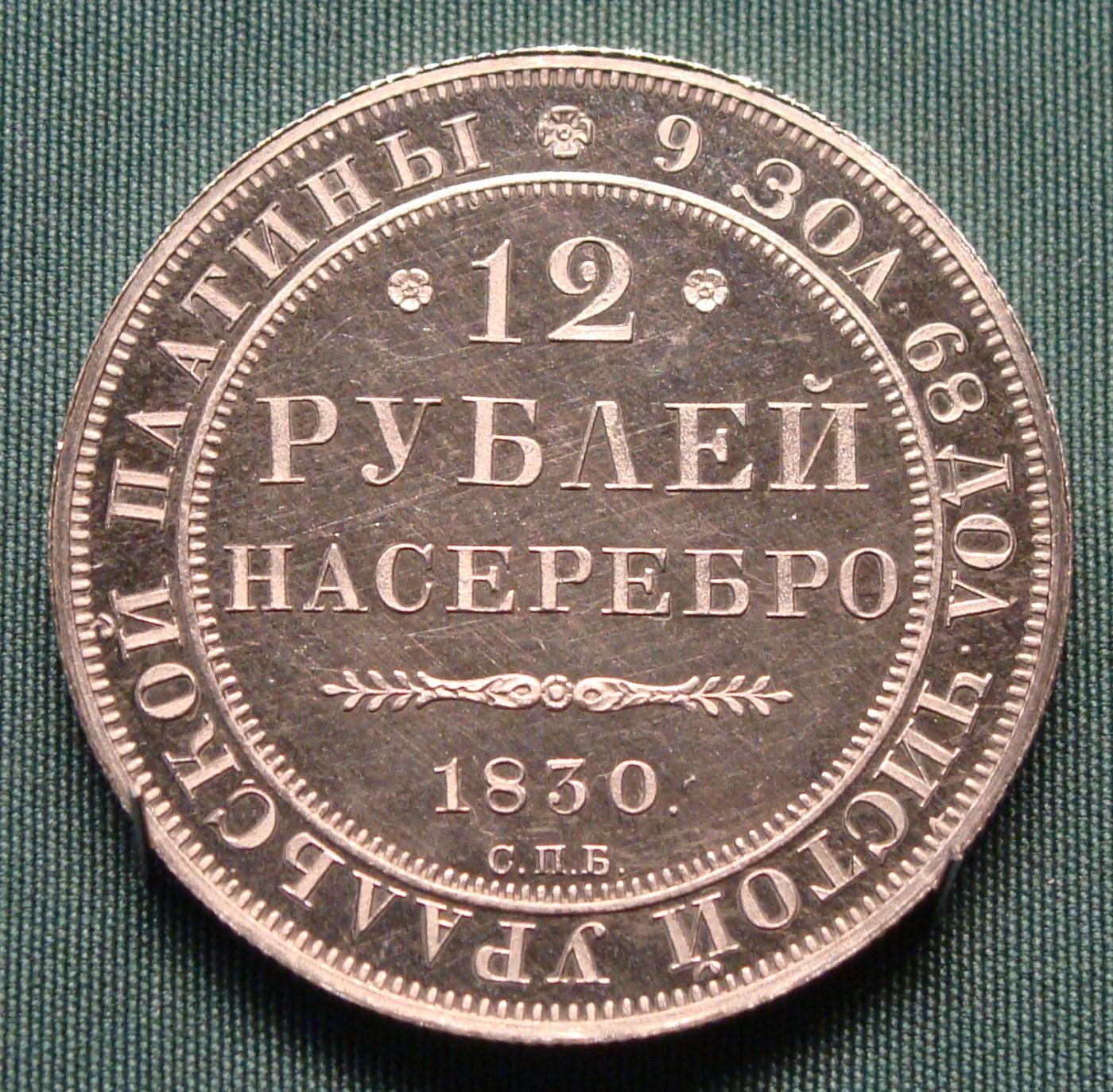

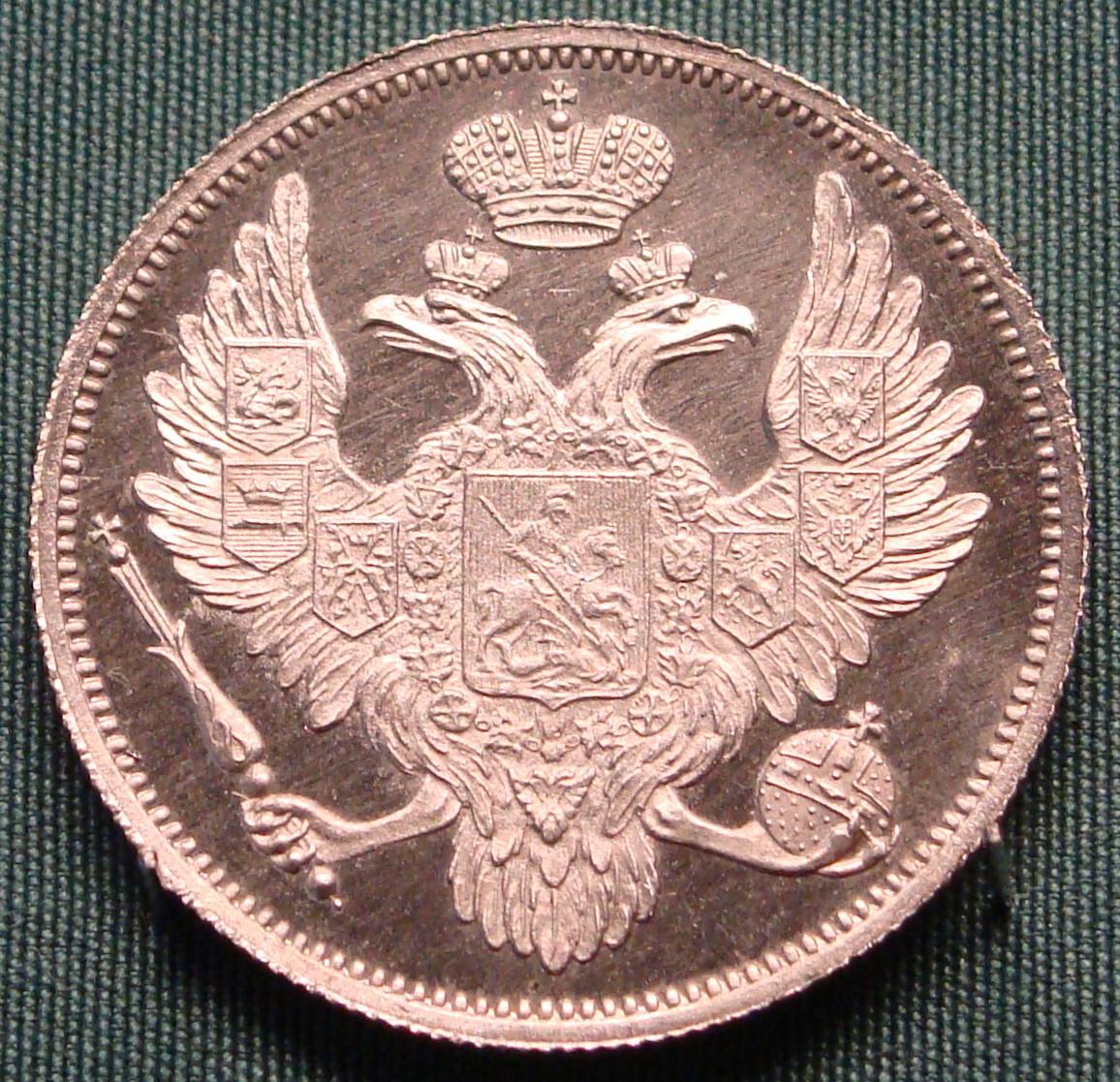
-
-
-
-
-



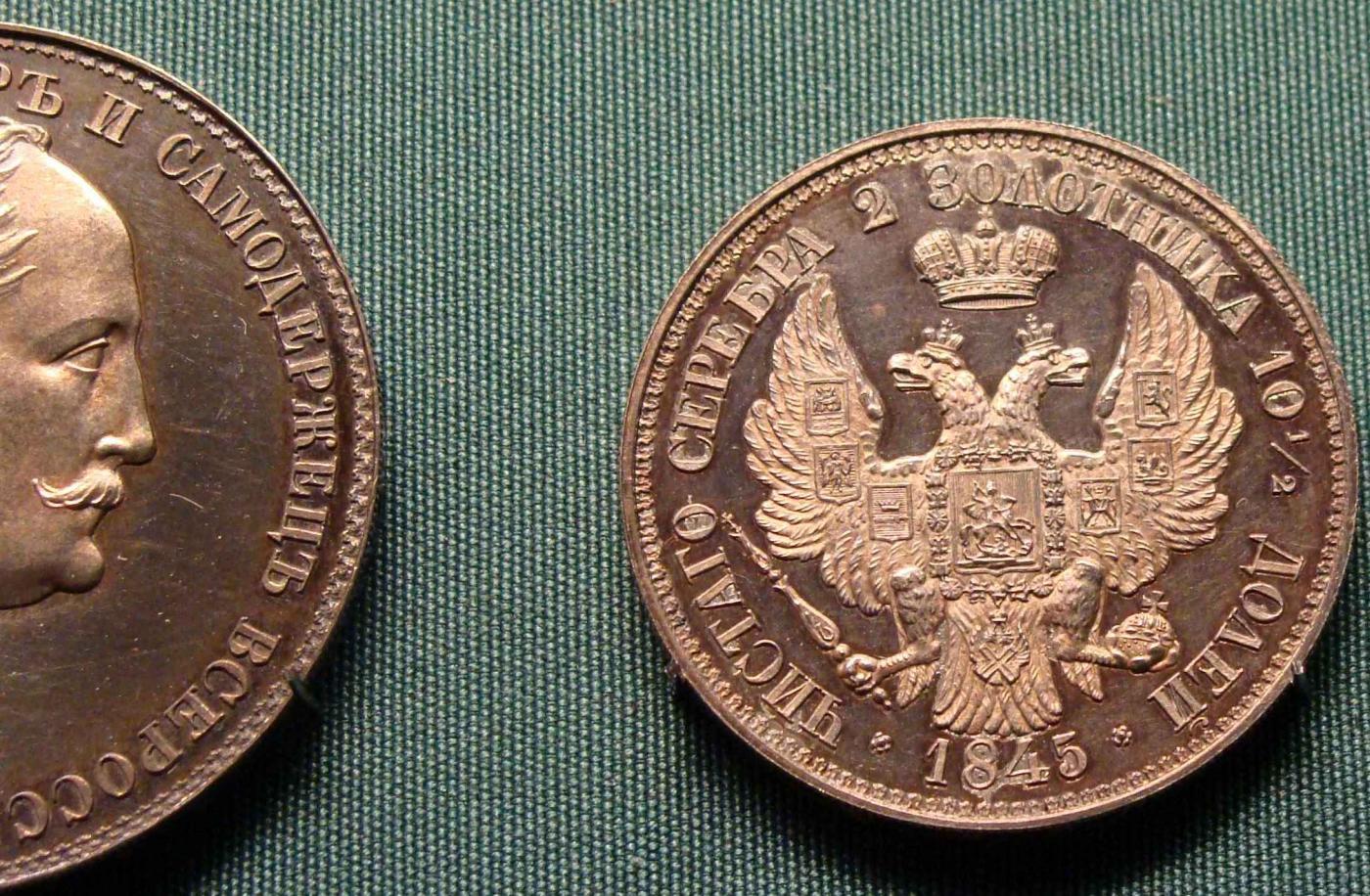
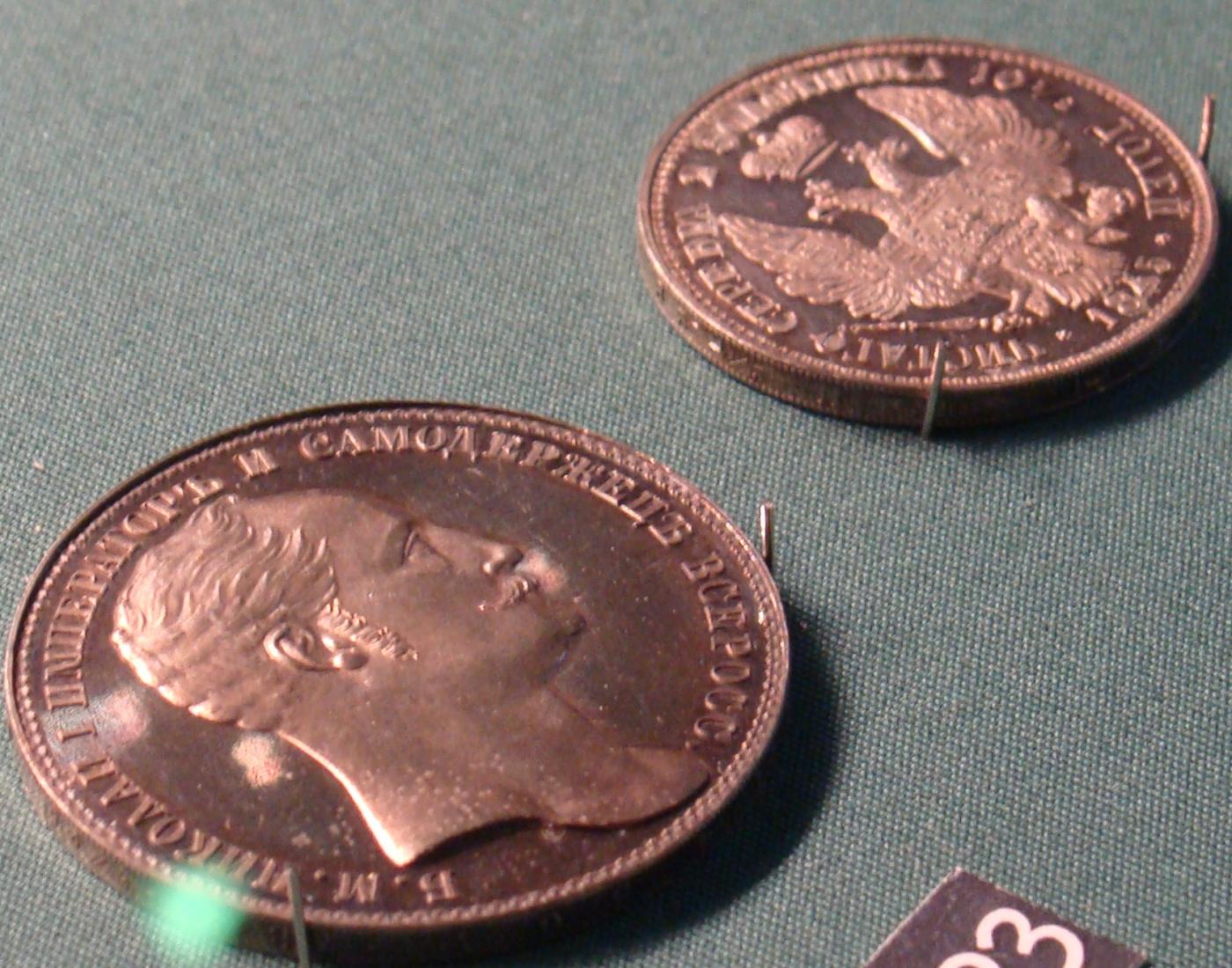

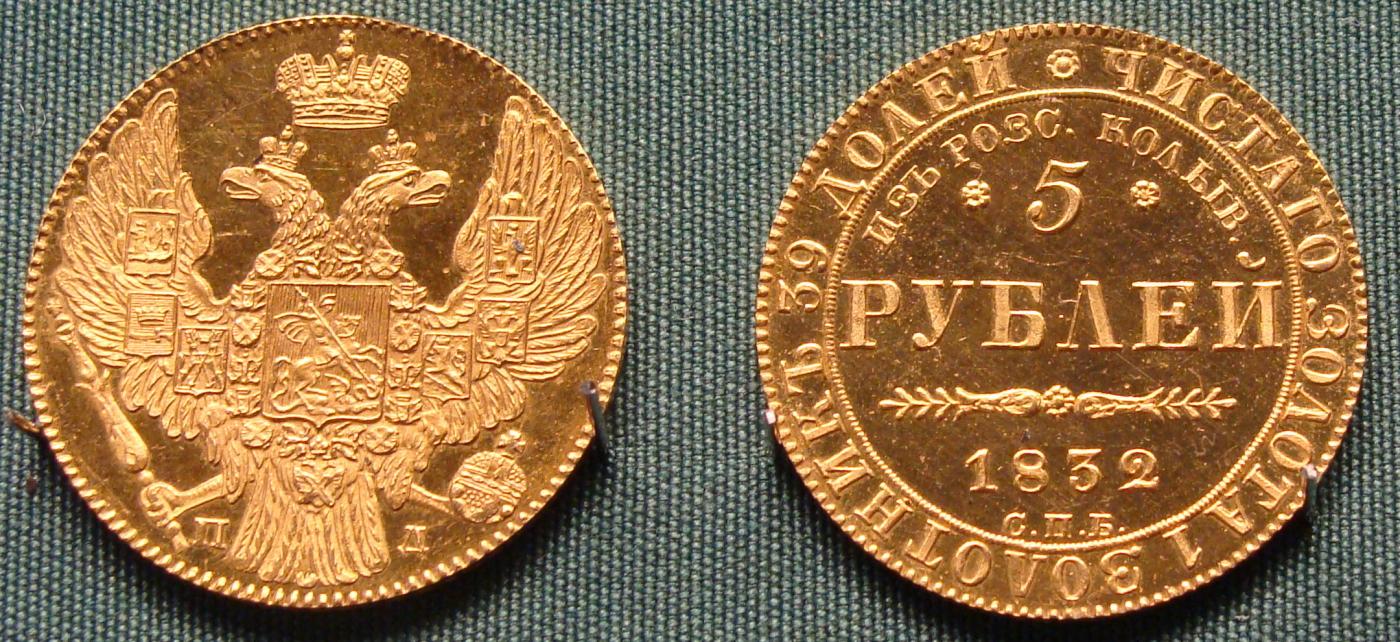
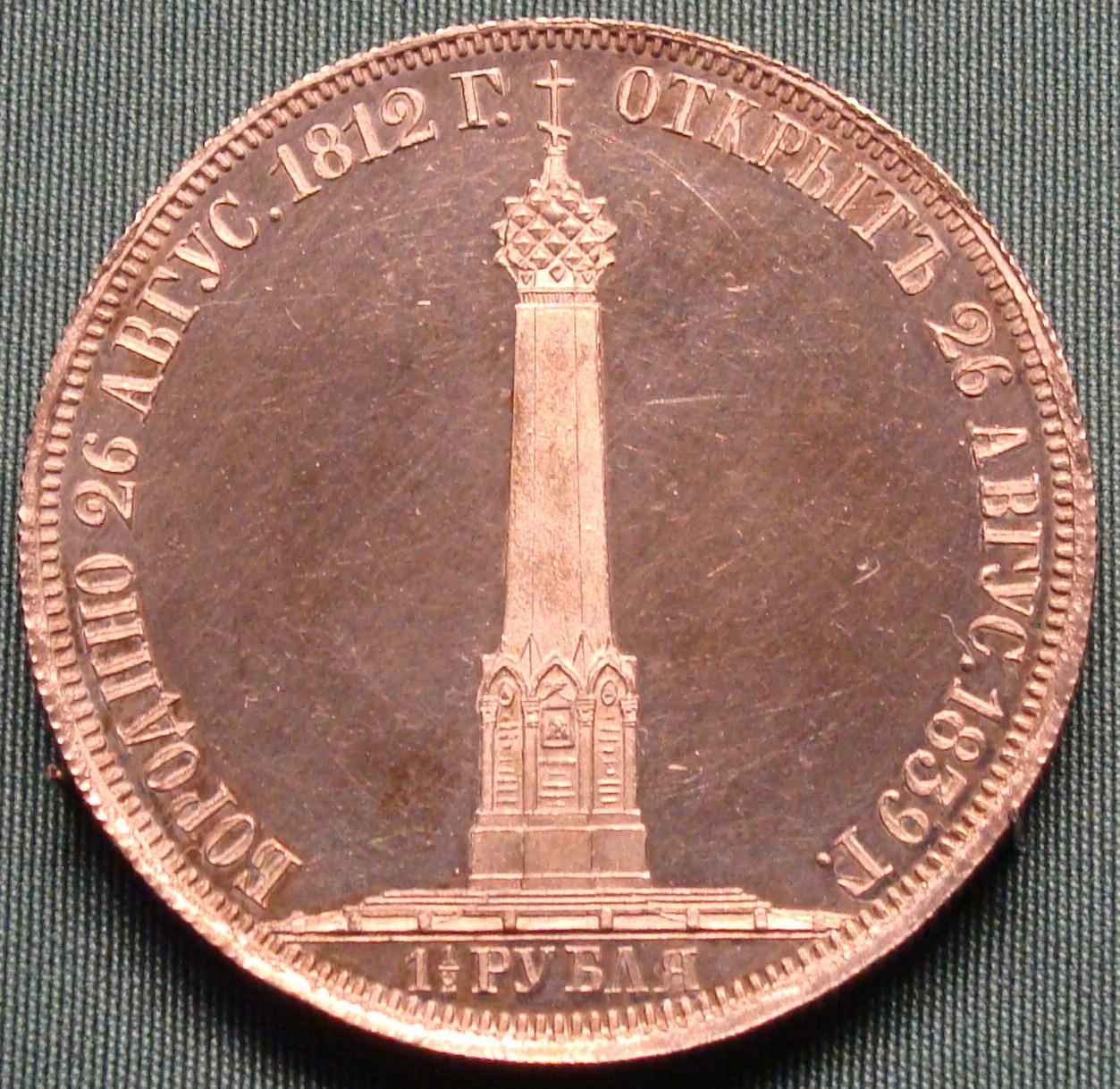
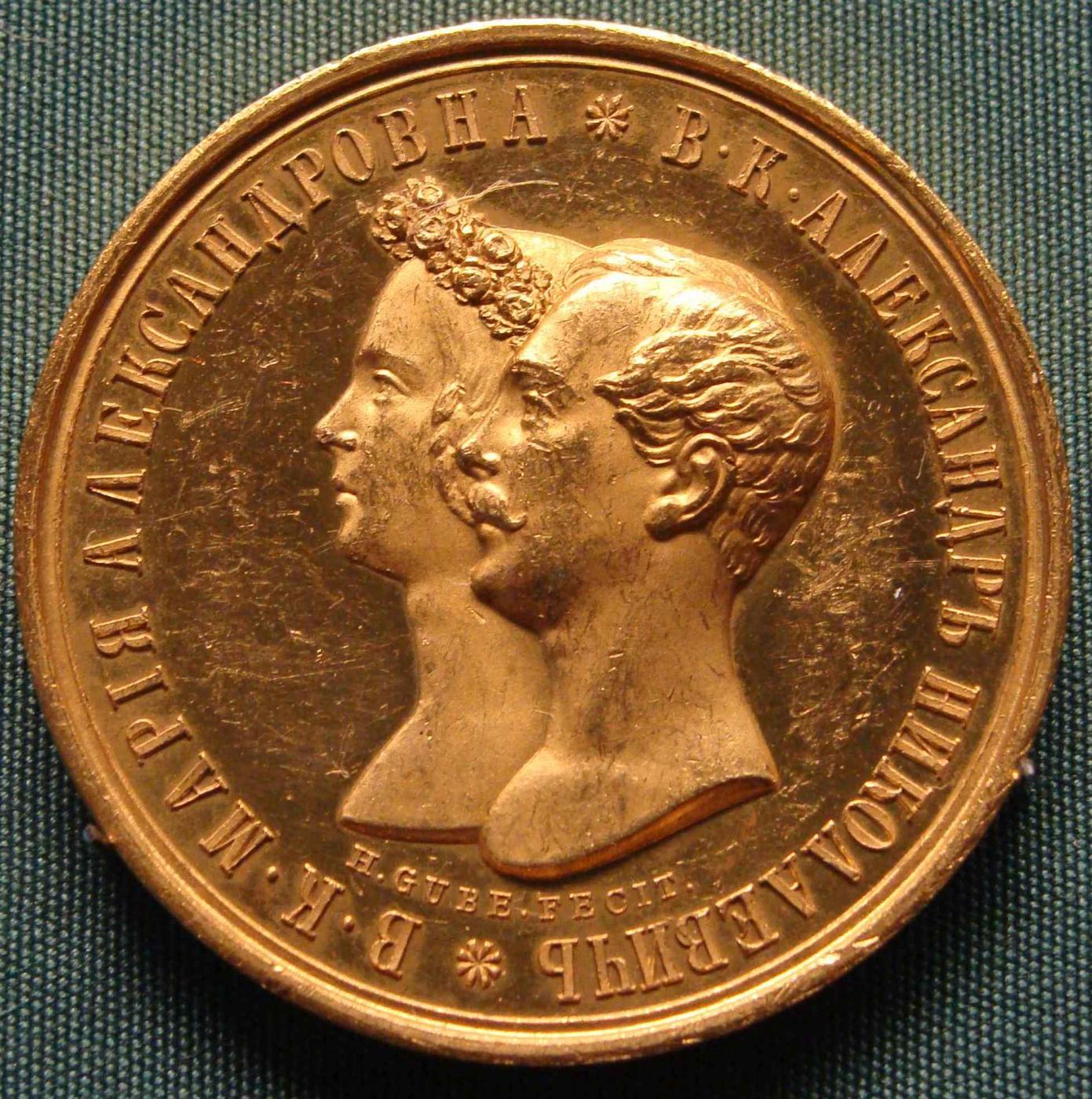
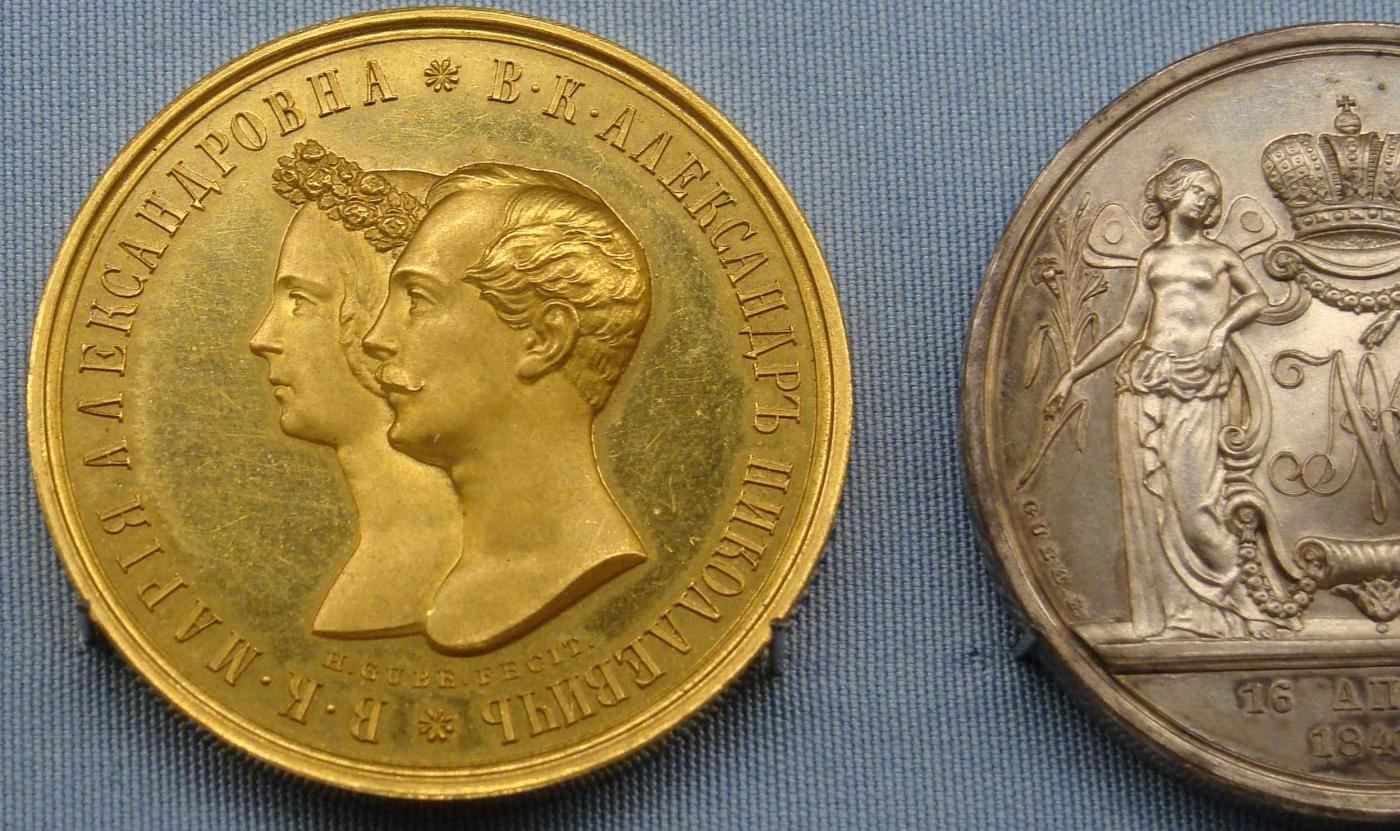
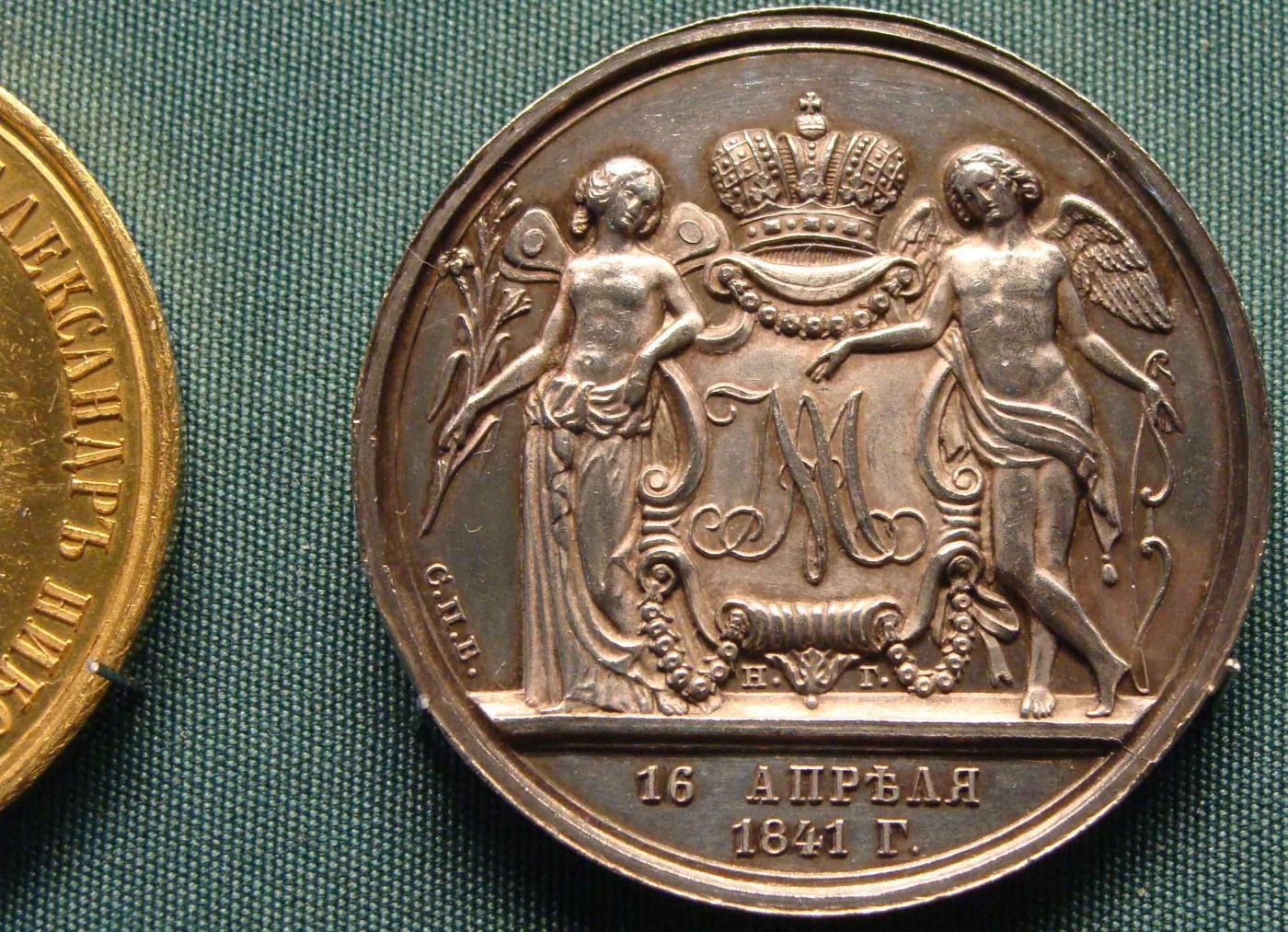
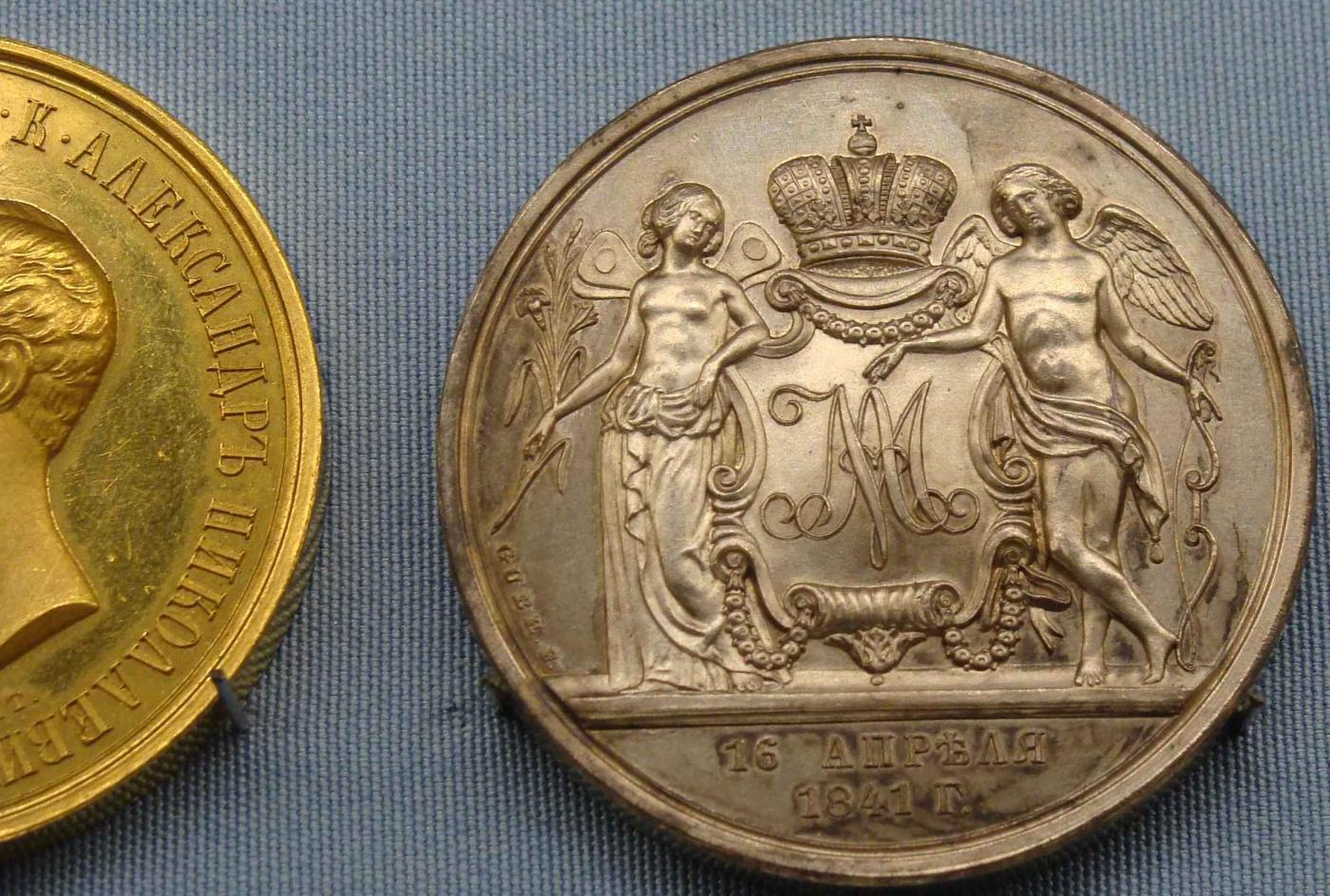

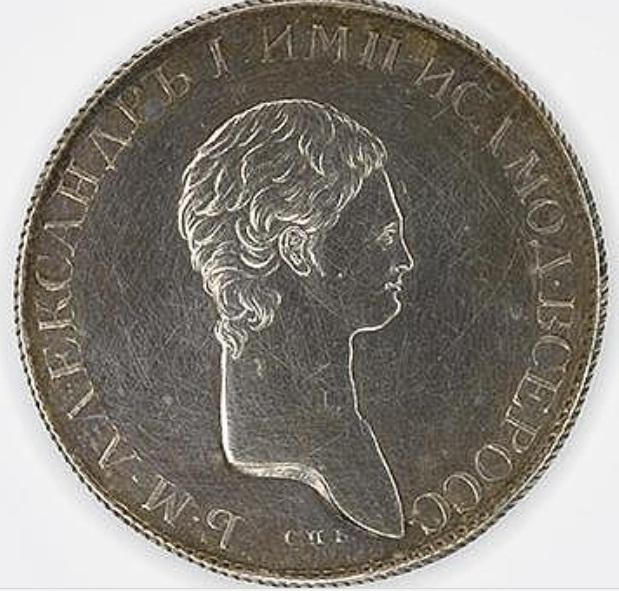
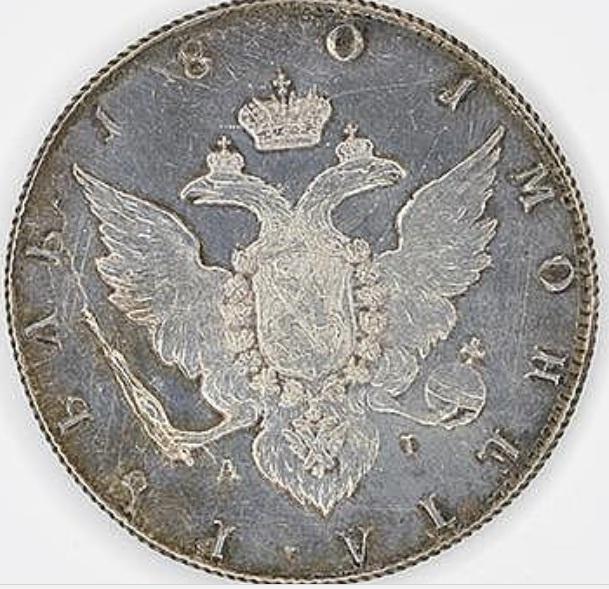
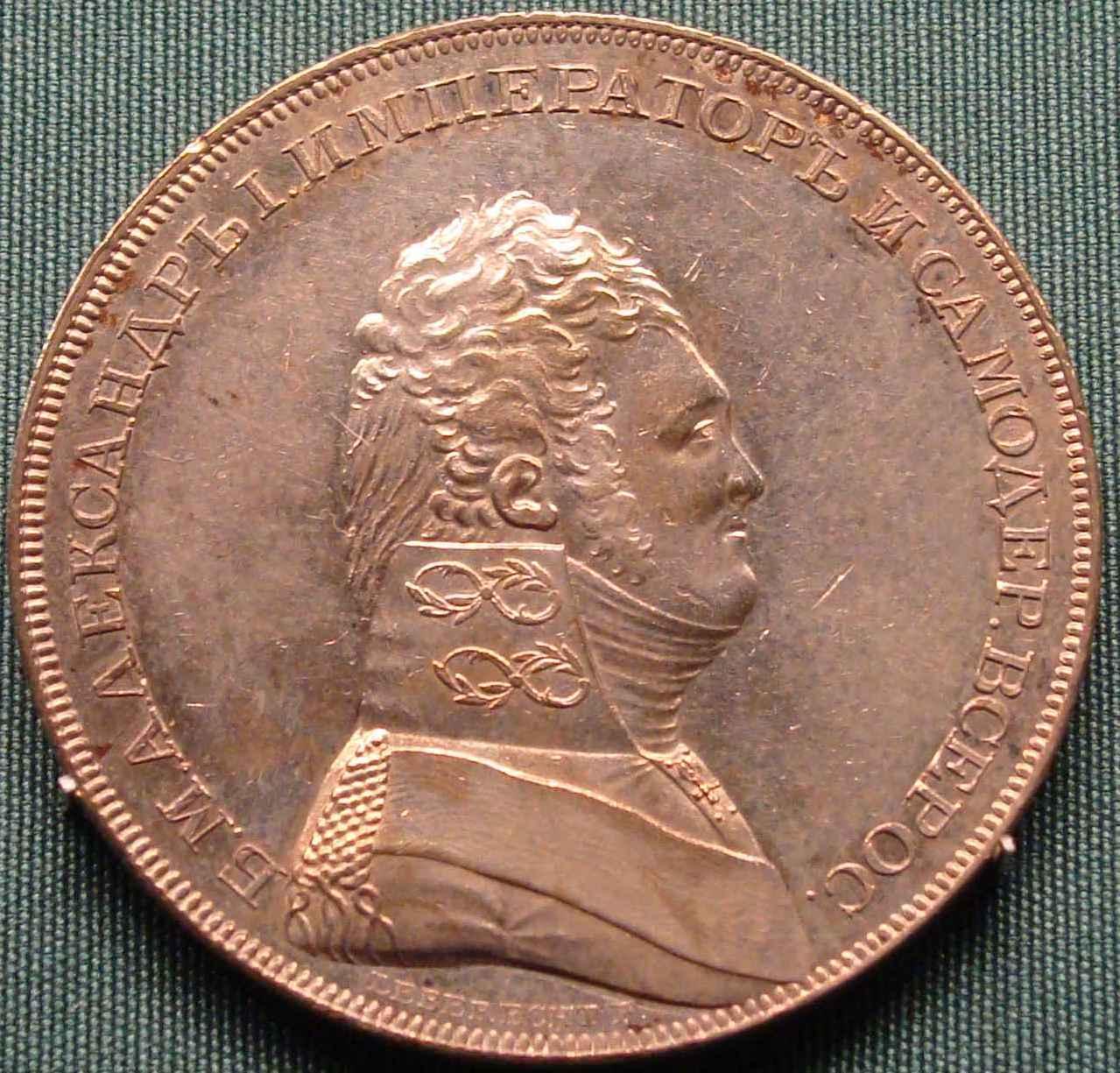

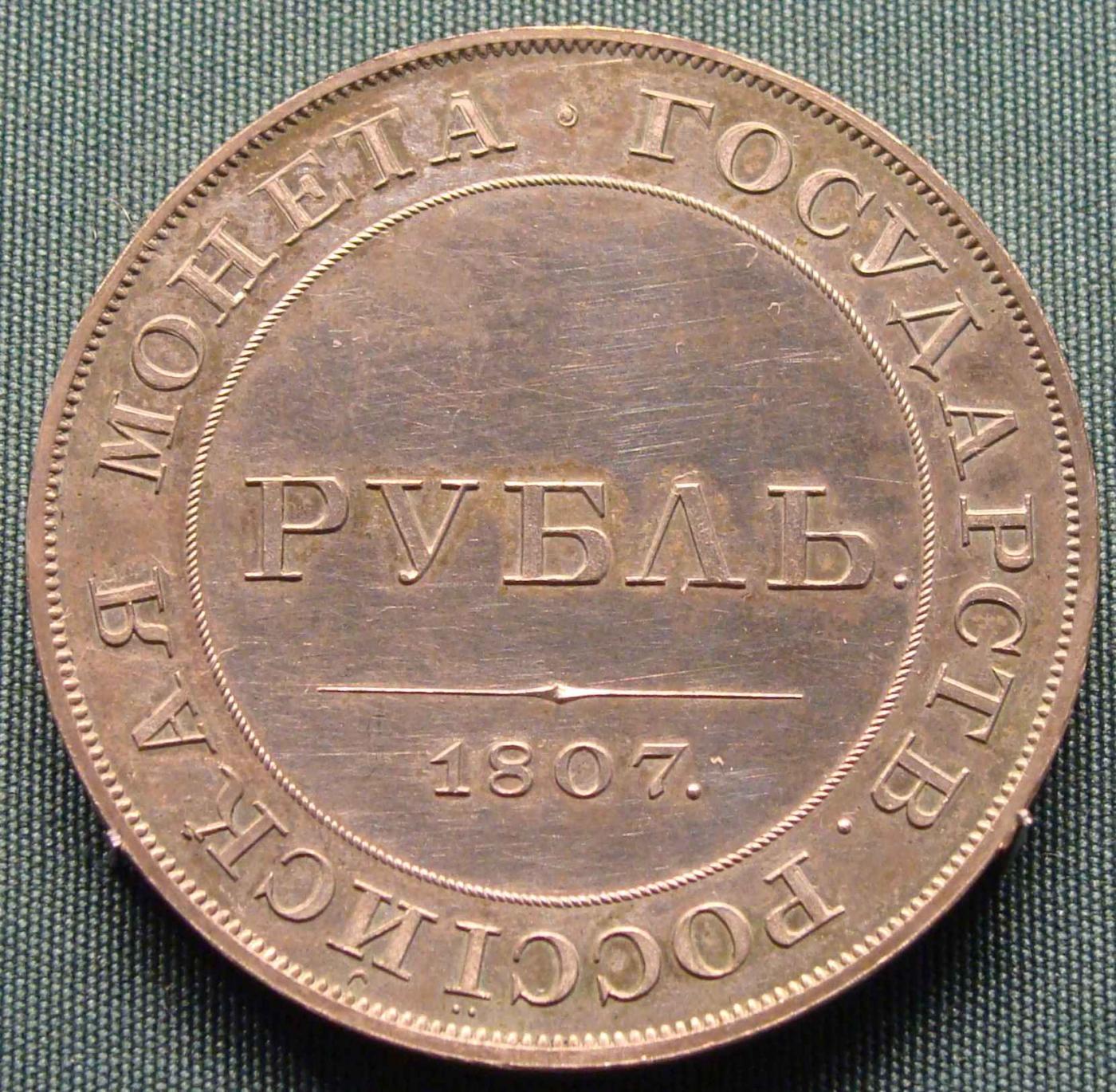
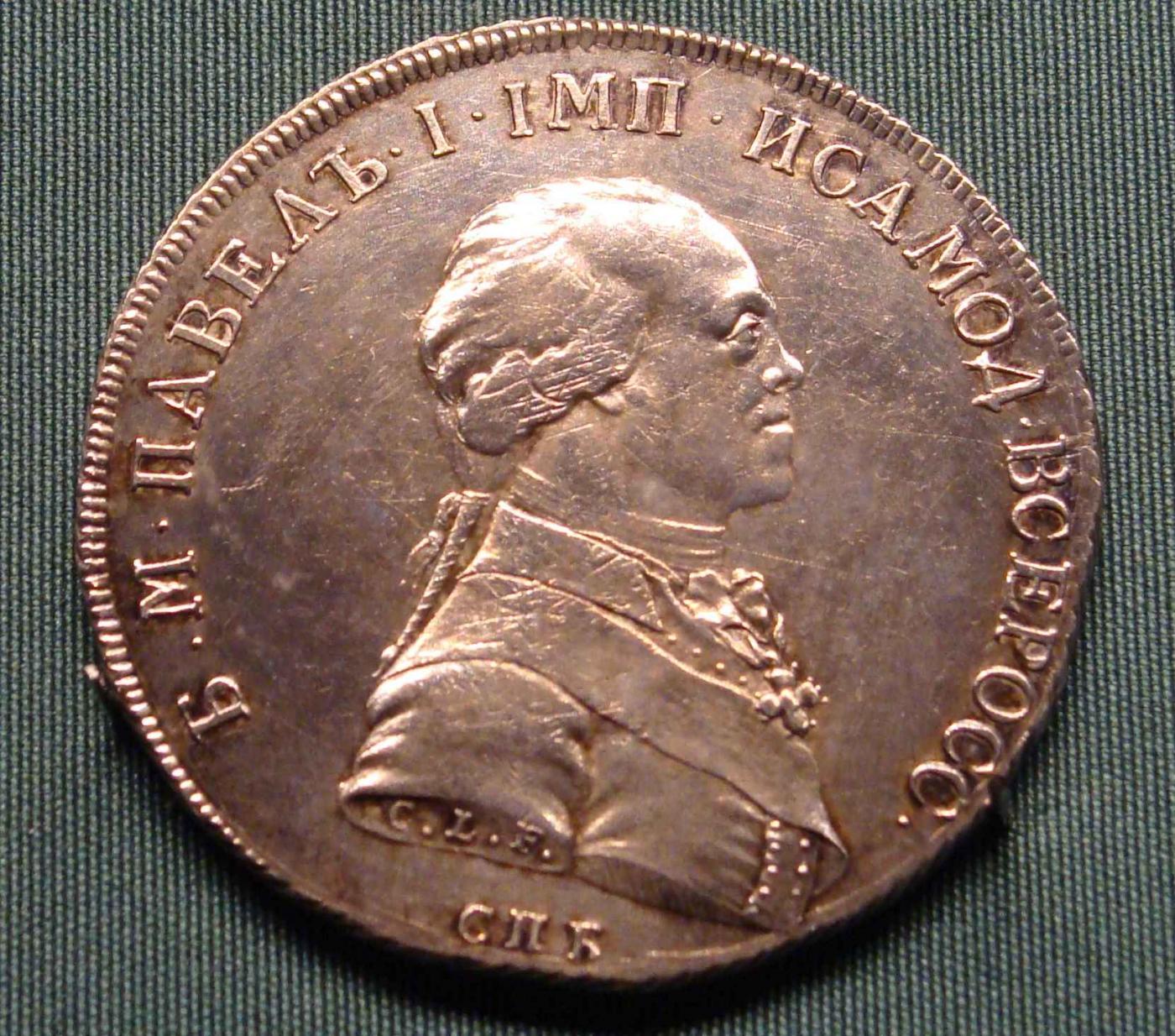

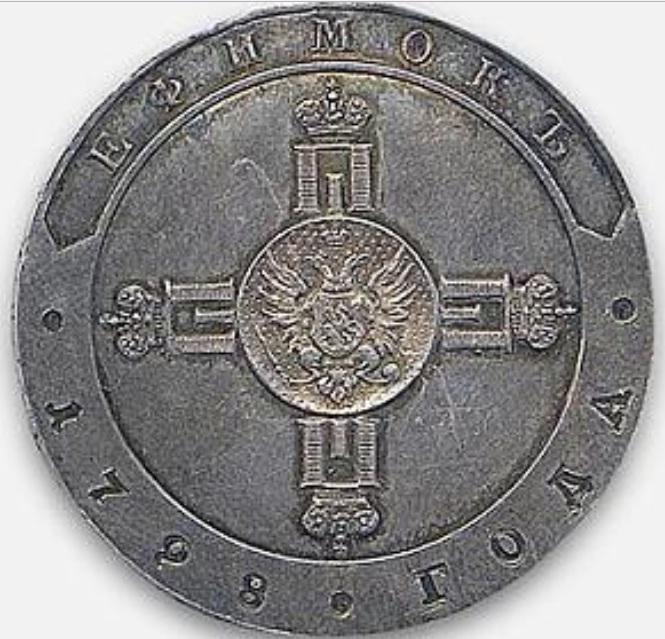


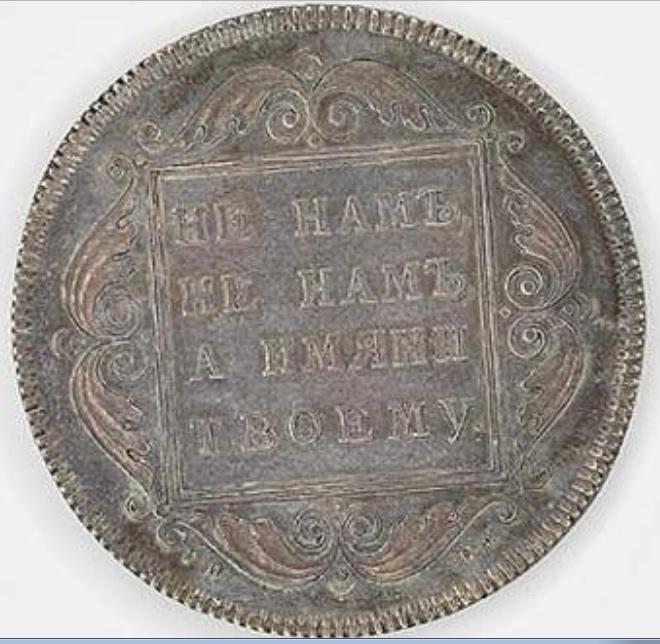
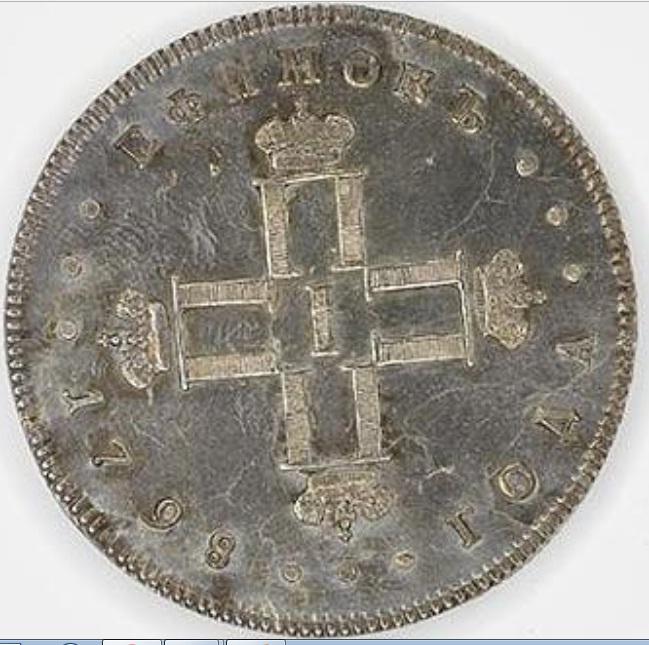
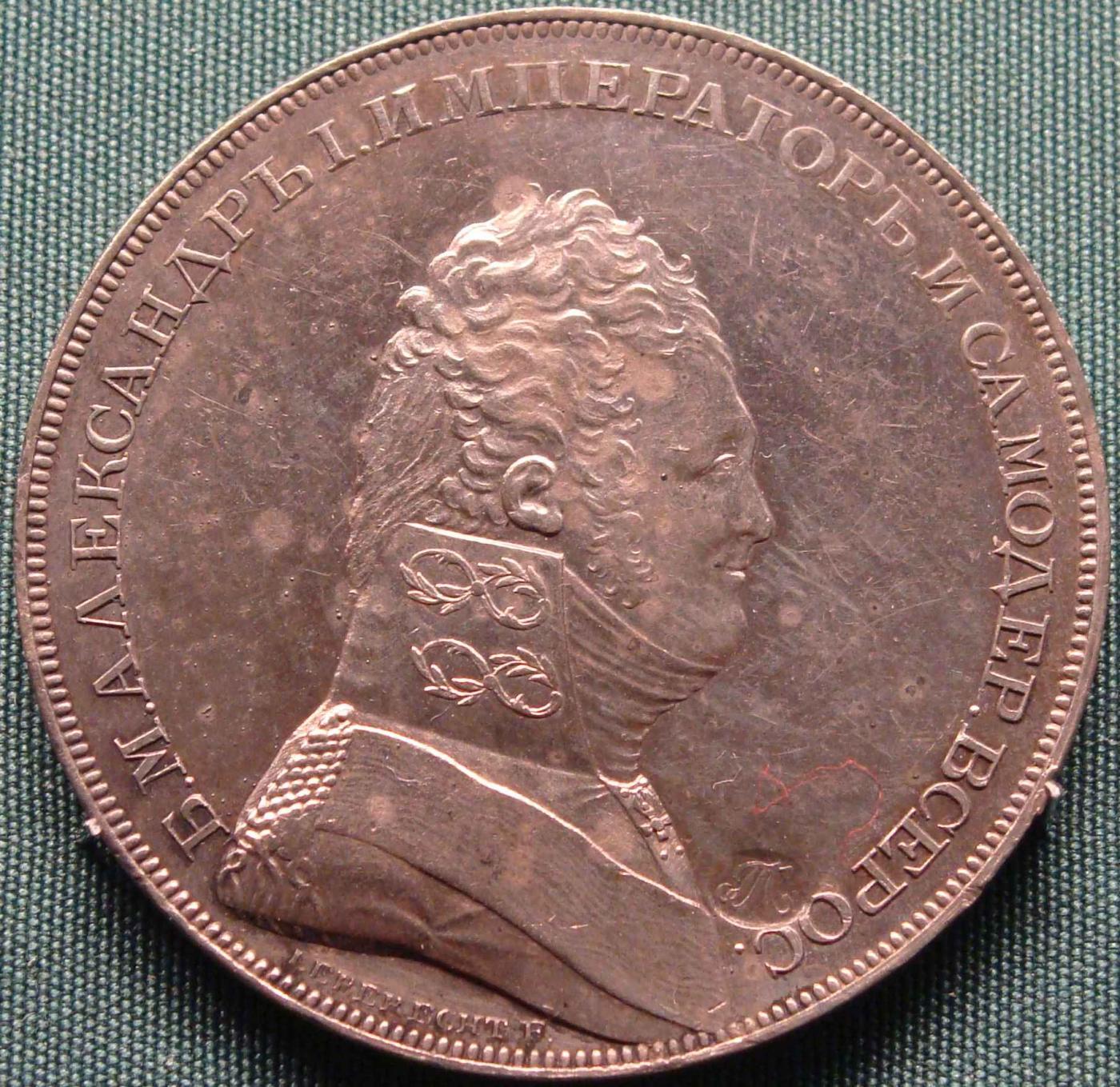
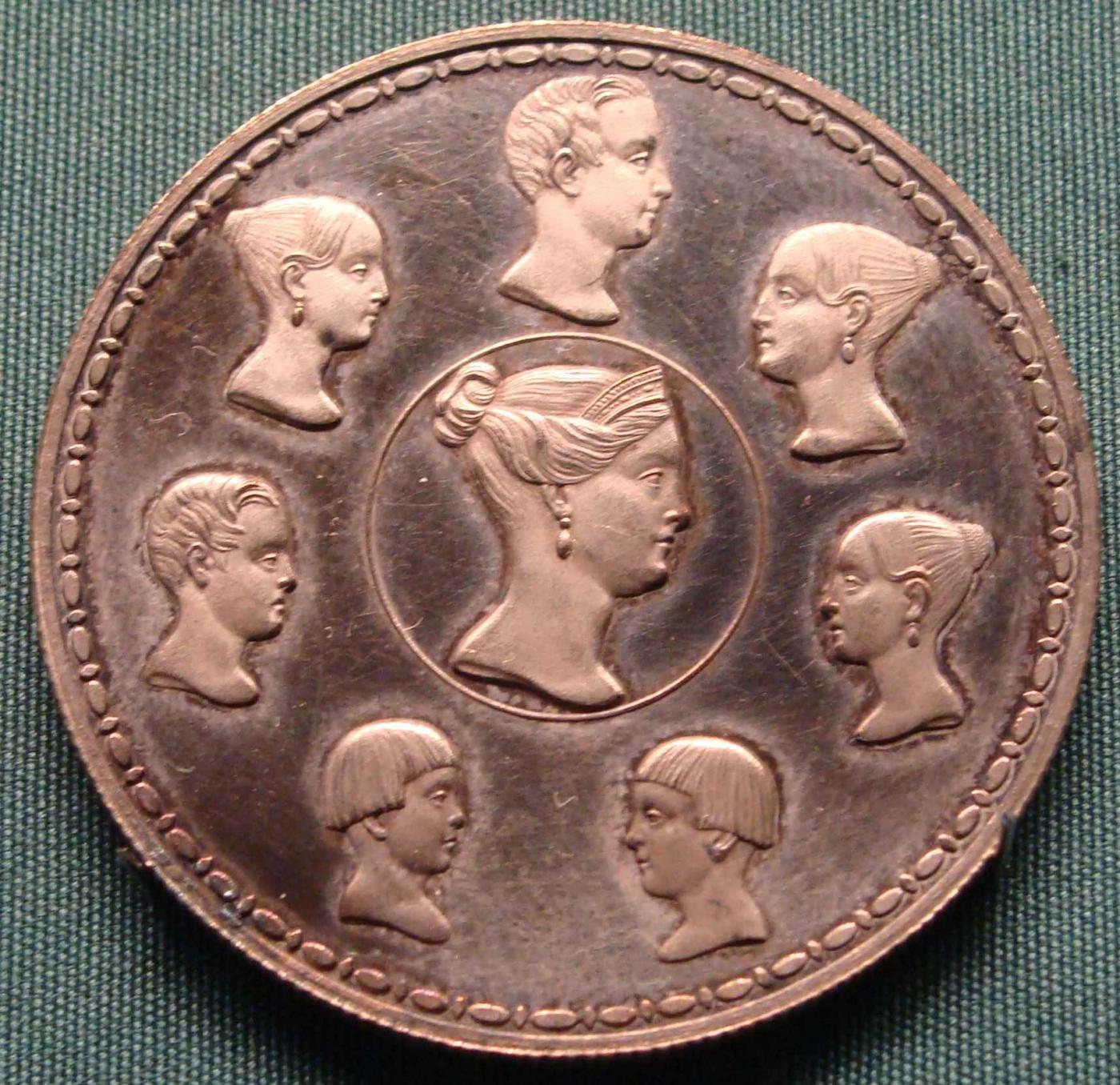
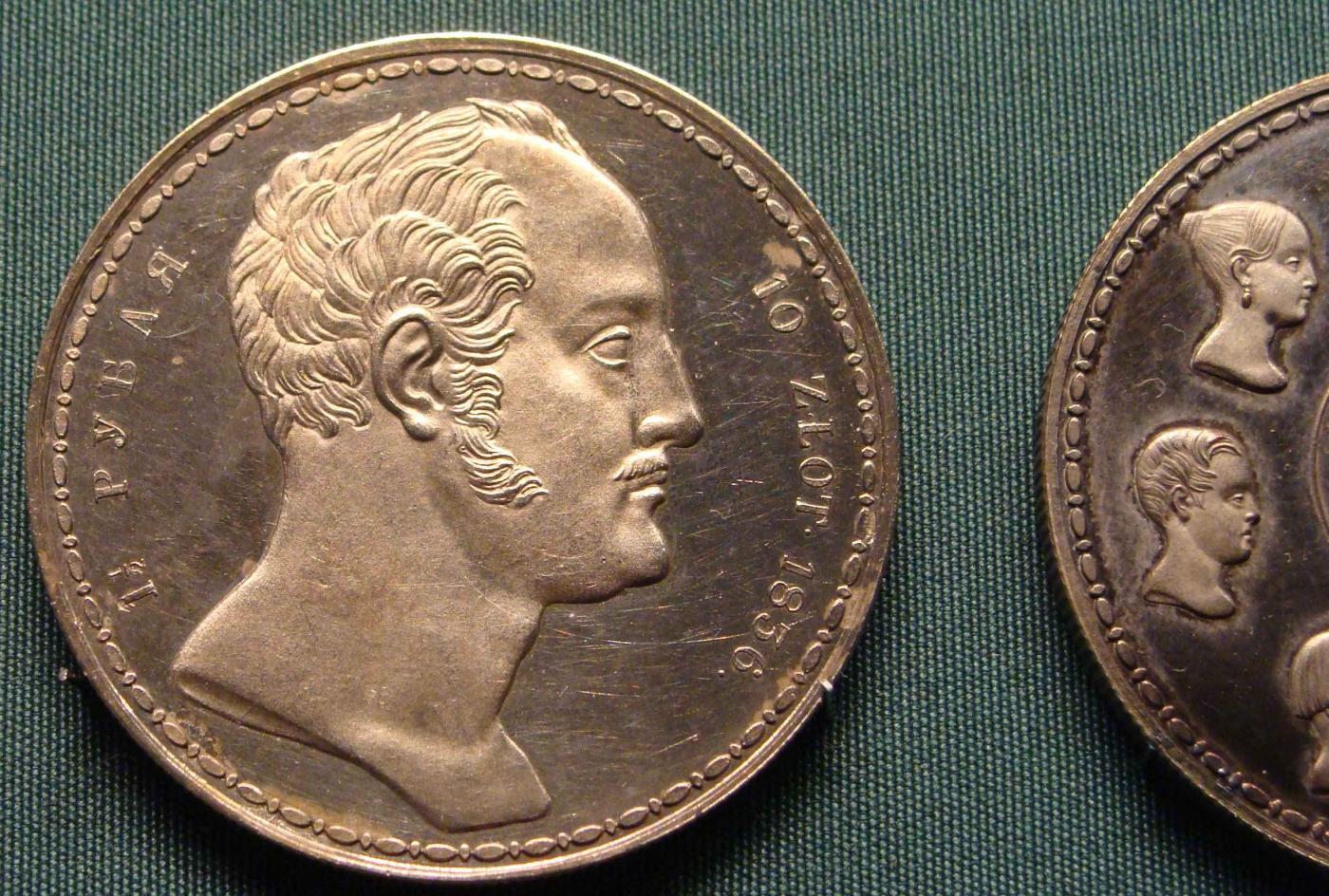
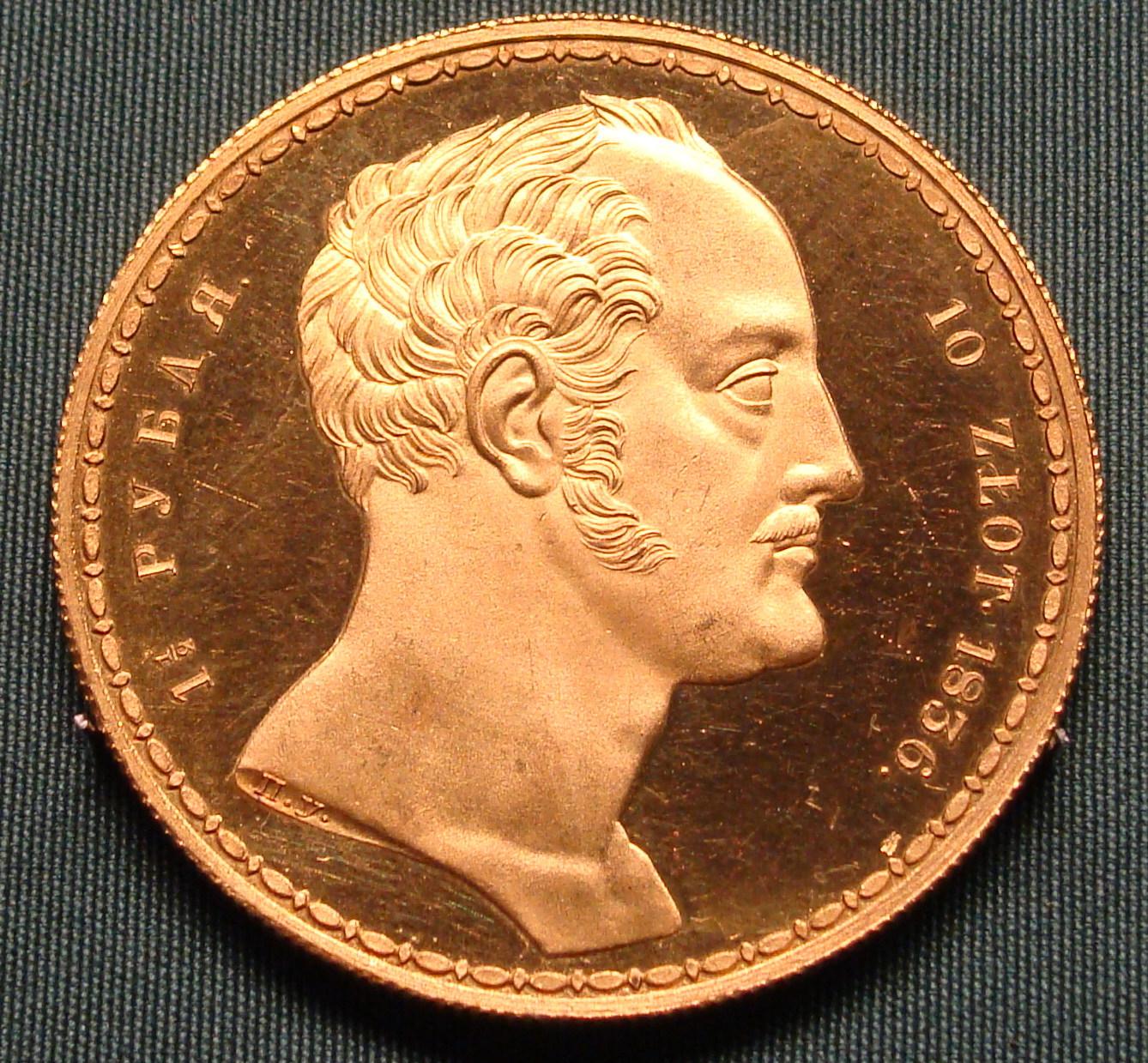
Russo Korea 1899 coinage
in Russian Coin Forums
Posted
No worries, I will do that. One question. Why do you think that a Half Dollar coin is more likely to be produced by St.Petersburg mint and not Korean mint, run by Japanese? And not by another country that this currency would be more suitable for.